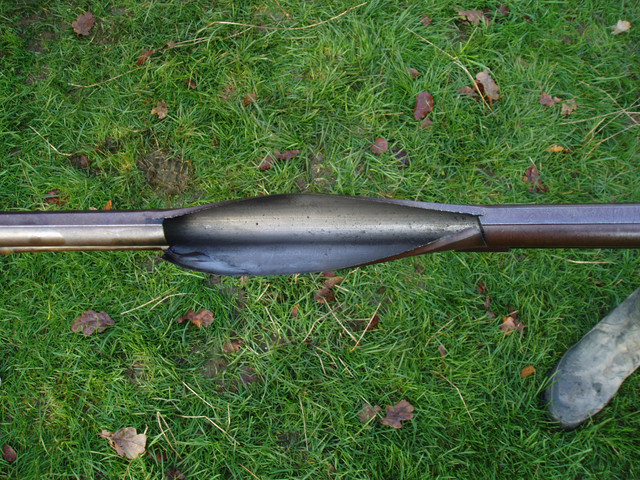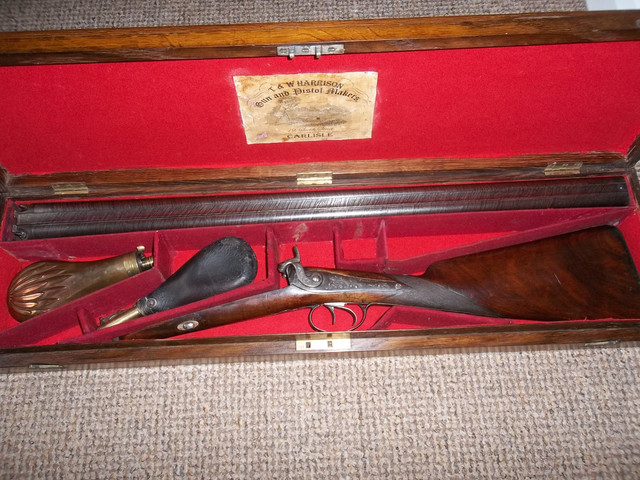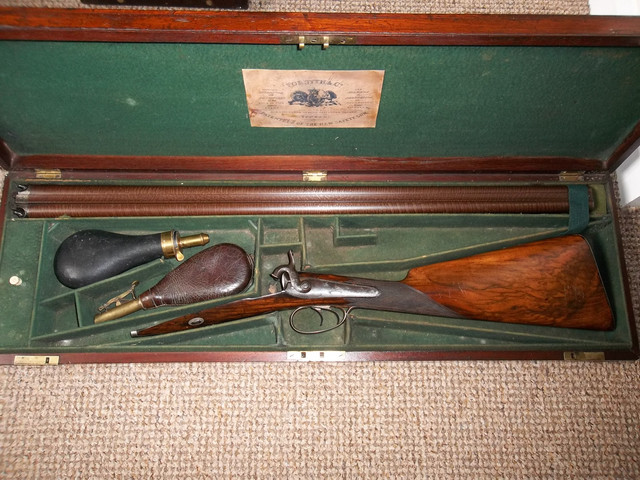Newtire,
Your findings re effectiveness, and no 7 shot echo my own experience. Also the "Square load".
Mind, I have one old single 14 bore, maybe 1840, and it shoots beautiful patterns for ducks with 1 1/4 oz of number 4 (British size, so about #5 here) This was before lead ban, and not used it since.
If we look at Hawkers recommendations as to charging a gun, we see that light loads were not as common in His day.
(from 14 to 22 bore, 1 1/2 ounces, and the same measure full of powder for instance)
Very best,
Richard.










